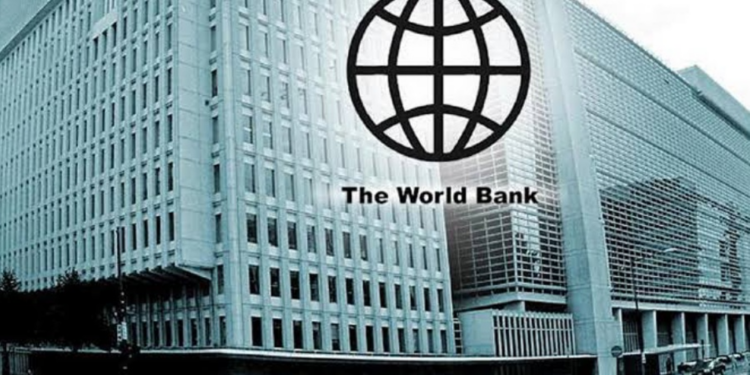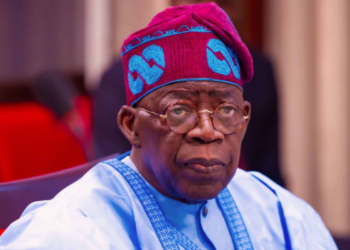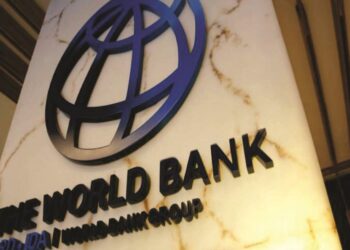The World Bank has stated that foreign exchange issues such as fixed exchange rates and capital controls are diverting remittance inflow to the Sub-Sahara region from official to unofficial channels.
The bank stated this in its latest Migration and Development Brief released in December titled “Leveraging Diaspora Finances for Private Capital Mobilization”.
The global lender specifically noted that in Nigeria the CBN’s intervention in the foreign exchange market widened the difference between the official market rate and that of the parallel market until the liberalization in June.
However, it acknowledged that recent pressure on the official market is widening the chasm. It also portrayed a similar scenario in Namibia where the difference between the official market rate and that of the parallel market rose to around 90%.
It stated,
- “Fixed exchange rates and capital controls are diverting remittances from official to unofficial channels… In Nigeria, the Central Bank’s interventions in the foreign exchange market led to an increasing divergence of the parallel and official exchange rates until the liberalization program in June 2023 (World Bank 2023a).”
- “However, resistance to the increasing pressure on the Nigerian naira coupled with limited supply of foreign exchange at the official window has led to the reemergence of the parallel market premium. Likely, the substantial parallel market premium has significantly diverted remittances to unofficial channels.”
Remittances projection for 2024
According to the bank, remittance inflow to the Sub-Saharan Africa region increased by 1.9% to $54 billion in 2023 with Nigeria responsible for 38% of the inflow recording only a 2% increase in remittance inflow. Of the $54 billion remittances to the region in 2023, Nigeria accounted for $20 billion.
On projections for 2024, the Bretton Woods institution noted that remittances into the SSA region will grow by 2.5% in 2024 to $55 billion.
It stated that the forecast of the remittance outlook could be hurt by measures to control foreign exchange, parallel markets and sanctions on some countries.
Foreign exchange problems in Sub-Saharan Africa
- For over a year, Sub-Saharan African countries have grappled with substantial exchange rate pressures. Most currencies in the region have experienced significant depreciation against the US dollar, which serves as the primary currency for trade invoicing and managing external debt. On average, these currencies depreciated by 16% between January 1, 2022, and June 20, 2023.
- In October, the World Bank released a report highlighting Nigeria and Angola, the largest oil producers in Africa, as having the continent’s weakest-performing currencies.
- Between December 31, 2022, and September 15, 2023, both the naira and the kwanza experienced a substantial depreciation, losing nearly 40% of their value against the US dollar. For Nigeria, the CBN’s decision to partially float the naira was responsible for the depreciation.
- The primary drivers behind these exchange rate pressures are external factors. Interest rate hikes in advanced economies, coupled with heightened global risk aversion, led to a reduction in net foreign exchange flows into the region.






















